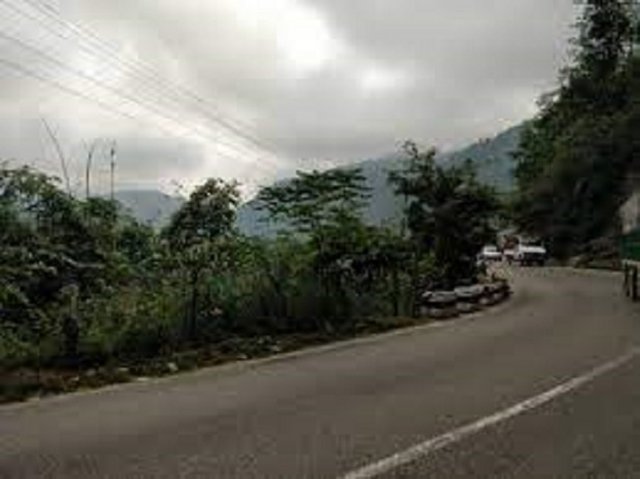
The Karnali Highway is one of the most challenging and remote highways in Nepal, stretching approximately 232 kilometers (about 144 miles) through the rugged terrain of the mid-western region of the country. It connects the hilly districts of Jumla, Kalikot, and Mugu with the Terai region, starting from Surkhet and extending to Jumla. The highway is named after the Karnali River, one of Nepal's longest and most significant rivers, which flows through this region.
Features and Challenges
Terrain and Construction: The highway traverses through some of the most difficult and mountainous terrains in Nepal. It cuts through steep cliffs, narrow ridges, and dense forests. The road conditions are often poor, with sections being narrow and prone to landslides, especially during the monsoon season. The construction of the highway itself was a monumental task, given the region's difficult topography and lack of access to modern construction equipment.
Weather and Landslides: The Karnali Highway is notorious for its challenging weather conditions. The area is prone to heavy rainfall during the monsoon season, leading to frequent landslides that can block the road for days or even weeks. In winter, snow and ice can make parts of the highway impassable. These natural obstacles pose significant risks to travelers, making it one of the most dangerous highways in Nepal.
Economic Importance: Despite its difficulties, the Karnali Highway plays a crucial role in the economic development of the region. It is the primary route for transporting goods and supplies to the remote districts of the Karnali region. For many communities along its path, it serves as a vital link to the rest of Nepal, providing access to markets, healthcare, and educational facilities.
Tourism Potential: The Karnali region is known for its natural beauty, including the Rara Lake, the largest lake in Nepal, and the pristine forests of the Rara National Park. The highway has the potential to boost tourism in the region by providing easier access to these attractions. However, the current state of the road remains a major deterrent for tourists who are often wary of the risks associated with travel on the Karnali Highway.
Development and Improvement Efforts: Over the years, there have been efforts to improve the condition of the Karnali Highway. The government of Nepal, with support from various international organizations, has initiated projects to widen and pave the road, install safety barriers, and improve drainage systems to reduce the impact of landslides and floods. However, progress has been slow, and significant challenges remain in maintaining the highway in a usable state.
Conclusion
The Karnali Highway is a lifeline for the people of the Karnali region, providing critical access despite its many challenges. While it remains one of the most dangerous roads in Nepal due to its rugged terrain and susceptibility to natural disasters, ongoing development efforts aim to improve its safety and reliability. With proper maintenance and development, the highway has the potential to significantly boost the region's economy and promote tourism, unlocking the natural and cultural treasures of one of Nepal's most remote areas.